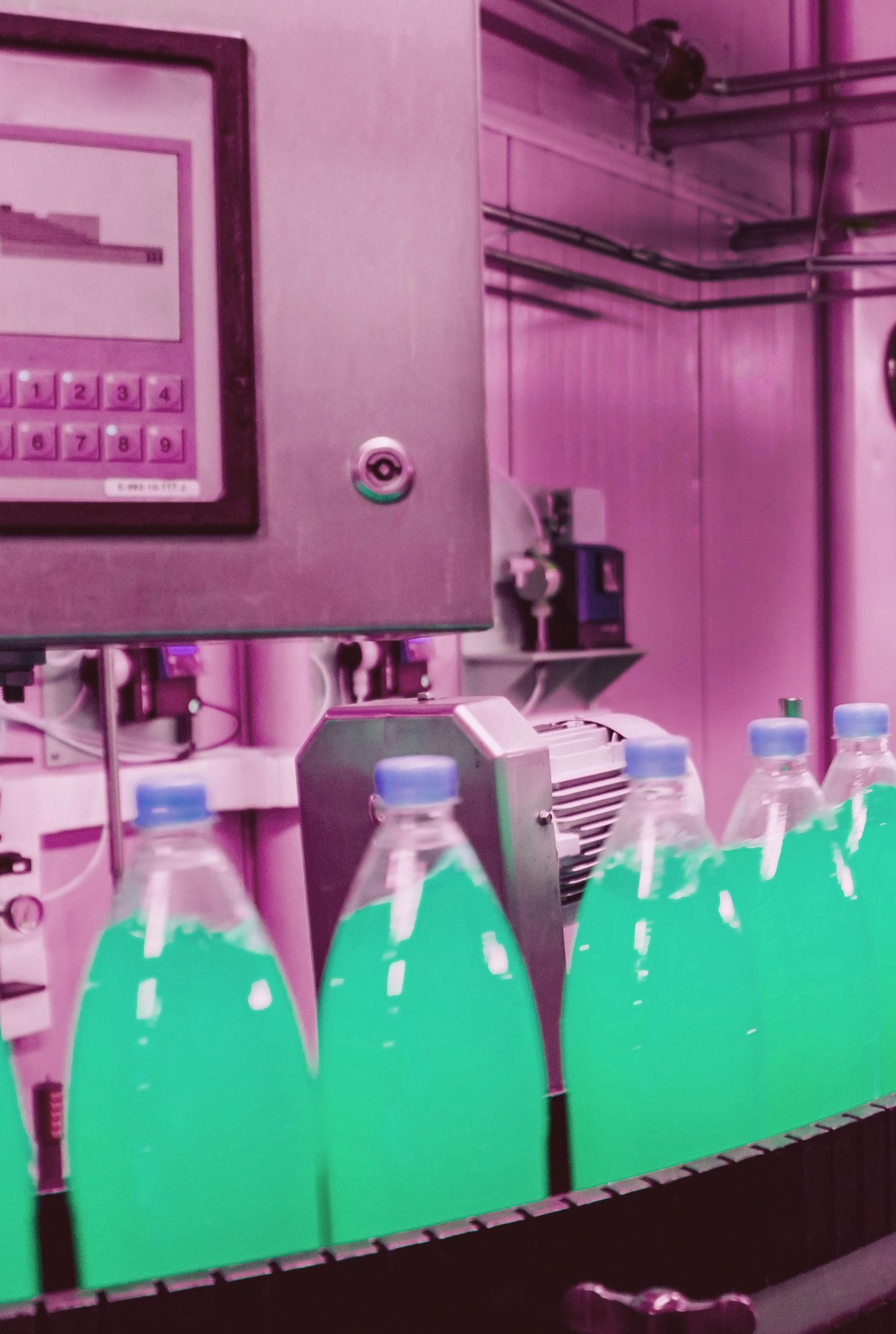
3 minute read
Modular manufacturing
Moving towards MODULAR manufacturing
Large-scale automation systems have been at the heart of production line control for decades. Now, driven by changes in consumer demands, an alternative plug and produce modular automation approach is emerging. For many production lines, particularly in the pharmaceutical, fine chemical and food processing sectors, modular-enabled automation could be the cornerstone of bringing to life the concepts embodied in the Internet of Things and Industry 4.0.
Advertisement
Changing markets
Industry is facing harsh global competition and changing market requirements, such as the demand for more customised products, shorter delivery times and quick and simple integration of pre-packaged modular solutions. Manufacturers need to become faster, more flexible, and more efficient to meet the requirements of the changing market. Processes must be reliable, repeatable and error free, with the ability to adapt on the fly and quickly ramp production up or down to match sudden changes in demand, all while keeping efficiency high and costs low.
Modular automation brings an agility and flexibility to production which has the potential to shorten the time-to-market, increase flexibility, and improving efficiency of manufacturing. By acting like building blocks, modules can be replicated and used to number up or number down in order meet rapidly changing capacity demands. By simply changing a few modules, a completely new product can be produced.
While hardware components have long specified the cycle speed in traditional manufacturing, from the automation perspective the standardised interfaces that could be used to integrate the individual process modules and package units with ease were lacking.
With modular automation, the situation is completely different. Modular process systems will feature preautomated, modular units that can be readily added, arranged, and adapted to the production requirements. This means that hardware needs to be installed within each module instead of in a central cabinet as requirements will change often and a single centralised solution is not viable.
Design challenges
This introduces a new set of challenges to the design of these systems. All components of a decentralised automation system need to be just as robust and flexible as the system itself. When planning a decentralised installation, factors such as ambient temperatures, mains voltage drops, the limited motor cable lengths, etc. must be considered. Important factors such as these are often overlooked in the high-level design of traditional engineering projects.
For example with a modular system, each module may have a unique set of requirements when it comes to power, connectivity, and communication protocols. This means that selected components must be suitable for a harsher environment, and considerations must be made for things like flexible cabling and ease of access for configuration and maintenance.
Manufacturer PULS, have created a new type of power supply that was developed for this application, with the ‘ZeroCabinet’. It is a decentralised power supply with an IP67 protection class negating the need for a cabinet all together. This ultimately creates easy installation, lower costs and provides flexibility to meet diverse requirements of modular factory automation such as the ability to retrofit individual components or expand when needed.
IO-Link is gaining momentum
The emergence of new technology is seeing industrial communication options more commonplace across all industries and equipment, that was not even considered a few years ago. IO-Link is one of those communication protocols proving to be extremely popular (also featured in the ZeroCabinet) for complete network independence.
IO-Link was the first globally standardised IO technology, to provide a point-topoint connection, integrating sensors and actuators at the fieldbus level. Acting as a gateway, the IO-Link Master connects to an existing network using whichever protocol is required, making installation and exchange of new devices easier and data transfer error-free.
This shift to modular systems is redefining expectations, but it’s also inspiring innovation from many manufacturers. The decentralisation of system components is one of those technologies that will be more commonplace over the next few years. Faster system planning, simplified maintenance tasks, easier expansion, and flexibility of components with an extremely high degree of protection means the cabinet could become obsolete.
While there are still many challenges involved in transitioning to a modular approach, there is plenty of evidence to suggest a more flexible and service-oriented plug and produce solution options are out there. And who doesn’t love simplified engineering, flexible production, plant efficiency and continuously lowering costs of automation ownership.










